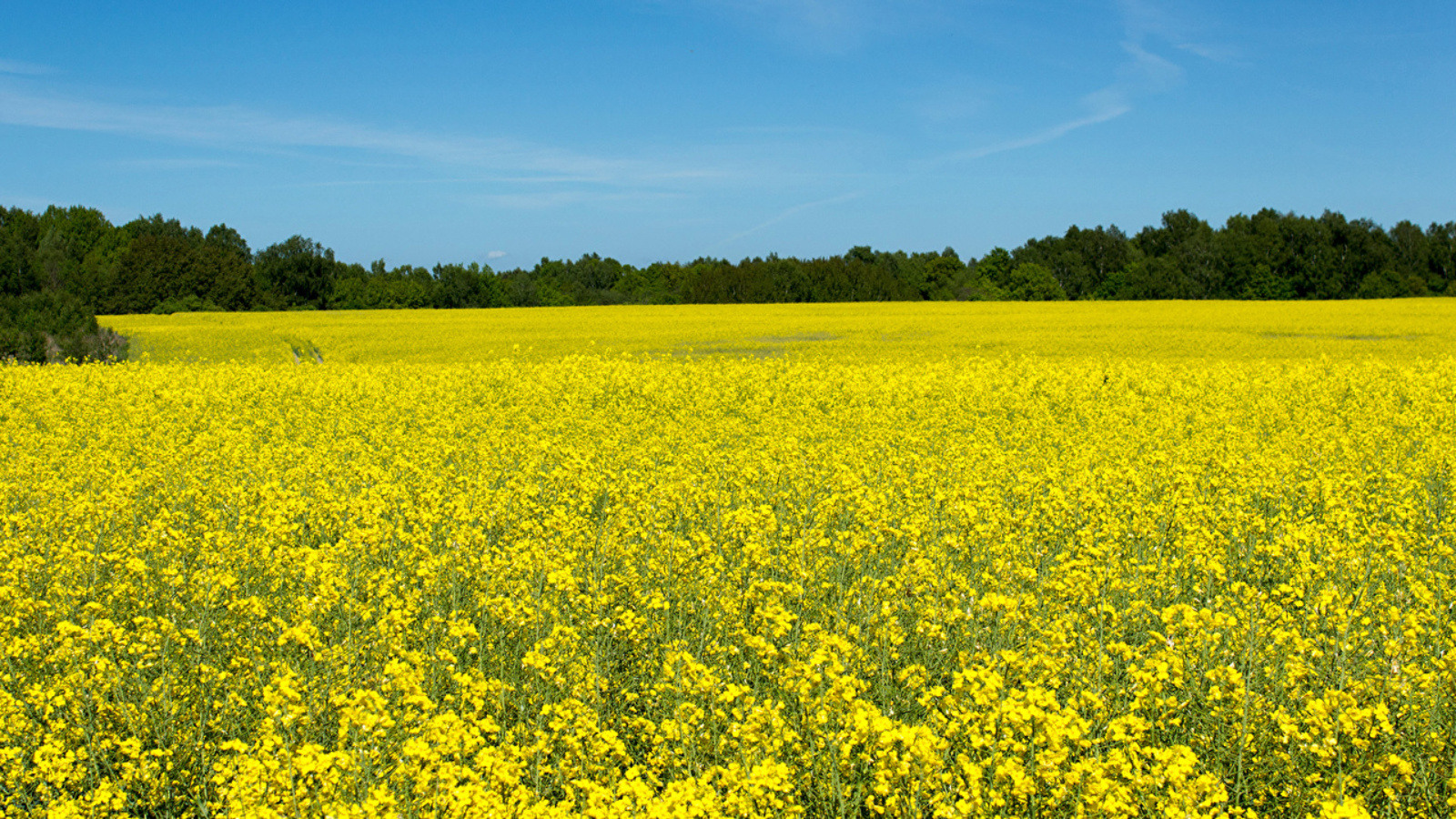Entomophages against cabbage moths on rapeseed crops

Tatarstan farmers are recommended to use entomophages - beneficial insects - to protect rapeseed crops.
In the first week of June this year, specialists from the Tatarstan branch of the Rosselkhozcenter examined rapeseed crops on 3.1 thousand hectares. In the republic, the cabbage moth was detected on 0.5 thousand hectares, or 16.1% of the surveyed area of this valuable oilseed crop.
“Under the conditions of our republic, the cabbage moth produces up to three generations per summer. This insect damages cruciferous crops - all types of cabbage, rapeseed, mustard, horseradish, turnips, radishes, rutabaga,” said Guzel Khusainova, deputy head of the branch of the Federal State Budgetary Institution “Rosselkhoztsentr” in the Republic of Tatarstan.
The branch of the Rosselkhoztsentr recommends using beneficial insects – entomophages – against cabbage moths. “We recommend that farmers release the entomophage Trichogramma to protect rapeseed crops during the summer of butterflies, and release the entomophage Gabrobracon during the hatching period of cabbage moth caterpillars,” explained Guzel Khusainova.
According to the institution, the Tatarstan branch of the Rosselkhozcenter has been producing entomophages since 1938. Today, the production department of the branch produces five types of beneficial insects that destroy insect pests of agricultural crops. These are entomophagous trichogramma (an egg-eating parasite), habrobracon (a parasite of caterpillars of lepidopteran pests), a polyphagous predator of the lacewing (its larvae are the predator), macrolophus (a predatory bug is used against whiteflies, aphids, spider mites, thrips and other pests), Podiusus (destroys eggs and Colorado potato beetle larvae).
Reference. Entomophages can be used as an alternative to chemical protection on crops of grains, legumes, melons and fruit crops, and perennial grasses. They improve the ecological state of nature and are compatible with biological fungicides and insecticides. Methods for introducing entomophages are also being improved every year. For example, in 2017, the branch of the Rosselkhozcenter in the Republic of Tatarstan used an innovative method of introducing trichogramma into the fields using a “drone” - a quadrocopter.